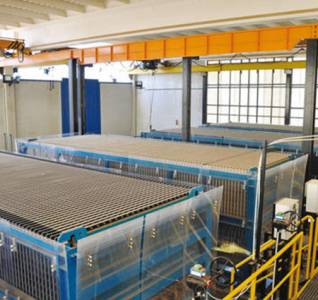
Advanced Oxidation Processes (AOPs) represent a powerful and versatile suite of water treatment technologies designed to eliminate a wide range of recalcitrant pollutants that resist conventional methods. Unlike traditional treatment approaches, AOPs leverage the potent oxidizing power of highly reactive hydroxyl radicals (•OH) to break down organic contaminants into harmless byproducts like carbon dioxide and water. This makes them ideal for tackling challenging water quality issues across various industries.
How AOPs Work:
AOPs generate hydroxyl radicals (•OH), the second strongest oxidant in nature, through various methods. These highly reactive species non-selectively attack and degrade a broad spectrum of contaminants, including:
Different Types of AOPs:
Several methods exist for generating hydroxyl radicals, each with its own advantages and application suitability:
Benefits of Utilizing AOPs:
Considerations:
Conclusion:
AOPs represent a cutting-edge approach to water treatment, providing efficient and sustainable solutions for challenging pollution problems. By leveraging the potent oxidizing power of hydroxyl radicals, AOPs offer a superior alternative to conventional methods, contributing to cleaner and safer water resources. Contact us today to discuss your specific water treatment needs and explore how AOPs can benefit your operations.